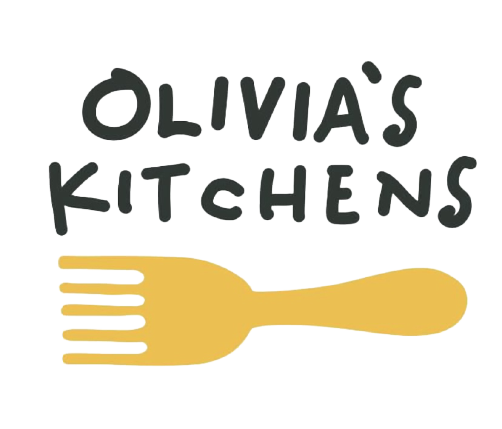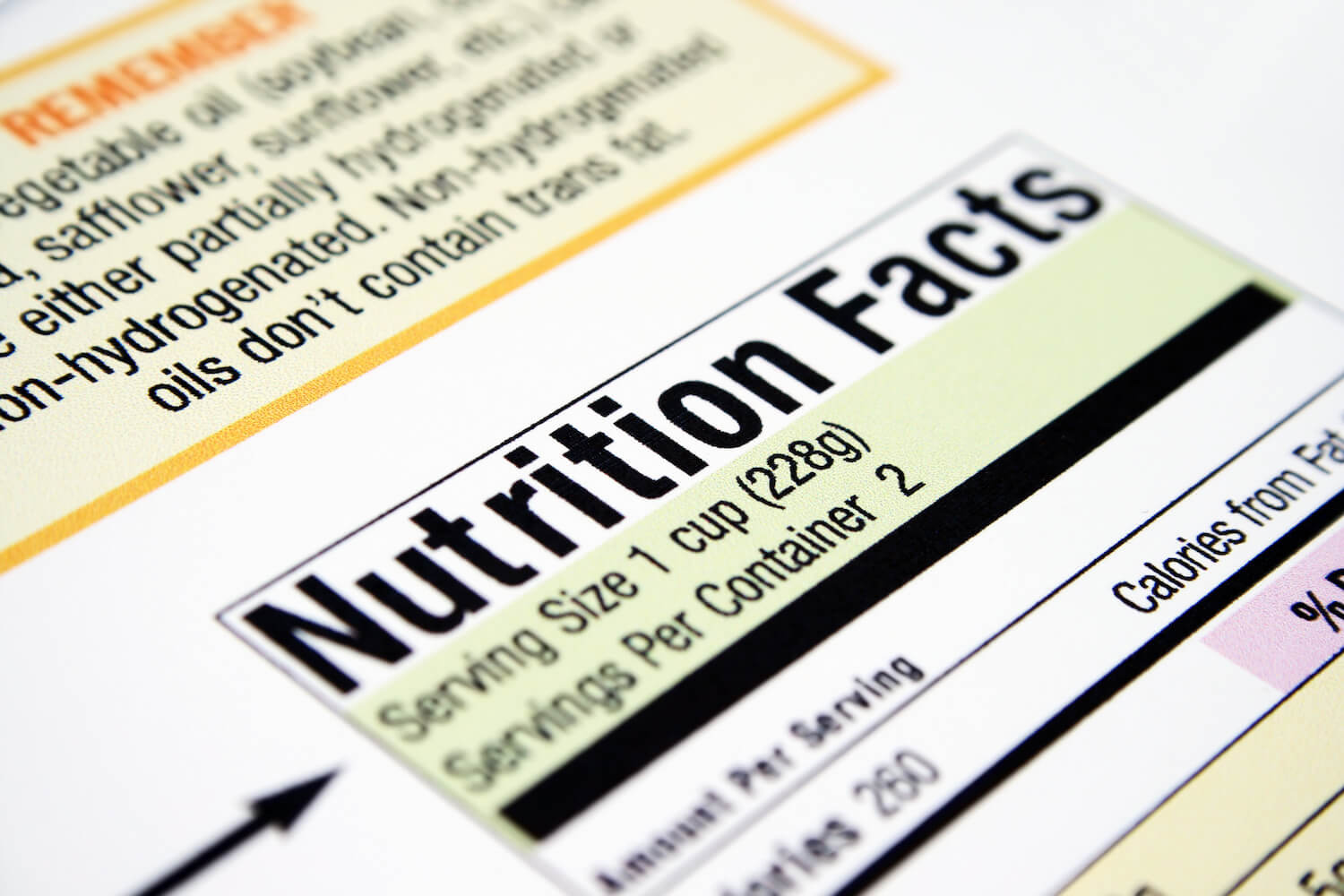In today’s fast-paced world, where the food industry offers an overwhelming array of options, it has become increasingly crucial to understand nutrition labels. These labels serve as essential tools that empower consumers to take control of their health by providing valuable information about the content and quality of the food they consume.
In this article, we will delve into information and key tips for a healthier and more balanced diet.
Start with the Serving Size
The first step in deciphering a nutrition label is to identify the serving size. This information is crucial as it helps determine the appropriate portion size and allows for accurate nutrient comparisons between different products. By paying close attention to the serving size, you can adjust your consumption accordingly and maintain a well-balanced diet.
Check the Total Calories
Once you’ve established the serving size, the next crucial element to focus on is the total calories per serving. This value provides an overall indication of the energy content in the food. Whether you’re aiming to maintain your current weight or striving to shed a few pounds, it is essential to monitor your calorie intake and ensure it aligns with your daily goals. Remember, the calorie content can vary significantly between different products, so it’s important to make comparisons to find the most suitable option for your dietary needs.
Assess Nutrient Content
Nutrition labels offer valuable insights into various nutrients present in the food. When analyzing a label, look for key nutrients such as carbohydrates, proteins, fats, dietary fiber, vitamins, and minerals. Understanding the composition of the food can help you make informed choices based on your dietary requirements. Additionally, keep an eye out for any nutrients you may want to limit, such as added sugars, sodium, or saturated fats. Being aware of the nutrient content allows you to prioritize foods that contribute positively to your overall health.
Examine the Ingredient List
While not technically part of the nutrition label, the ingredient list plays a crucial role in understanding the quality of the food. Ingredients are listed in descending order by weight, with the primary ingredient appearing first. By carefully examining the ingredient list, you can be more mindful of additives, preservatives, and artificial substances. Opting for products with shorter ingredient lists that primarily consist of recognizable, whole food ingredients is generally a healthier choice.
Look for % Daily Value
Nutrition labels often include a % Daily Value (%DV) section, which indicates how much of a specific nutrient one serving provides in relation to the recommended daily intake. The %DV is generally based on a 2,000-calorie diet. Utilizing this information allows you to identify products that are rich in essential nutrients or to limit those that may contribute to exceeding your daily recommended intake. It serves as a helpful guide to ensure you’re meeting your nutritional needs.
Be Aware of Health Claims
Food packaging may feature various health claims, such as “low fat,” “high fiber,” or “sugar-free.” While these claims can be useful, it’s crucial to read the nutrition label and ingredient list to verify their accuracy. Some products may use these claims as marketing tactics, so it’s essential to rely on the complete information provided on the label rather than solely relying on the claims. By being discerning and informed, you can make healthier choices based on actual nutrient content.
Seek Additional Information
If you find yourself needing more information about specific nutrients or terms on a nutrition label, don’t hesitate to seek additional resources. Online databases, reputable health websites, and registered dietitians can provide valuable insights and clarification on any questions you may have. Expanding your knowledge about nutrition labels can empower you to make even more informed food choices.
Conclusion
In conclusion, navigating nutrition labels is a valuable skill that empowers individuals to make informed and healthier food choices. By understanding the serving size, total calories, nutrient content, ingredient list, % Daily Value, being aware of health claims, comparing similar products, and seeking additional information, you can optimize your diet for better overall well-being. Remember, the key lies in actively reading and interpreting nutrition labels to ensure you nourish your body with the right nutrients for a balanced and healthy lifestyle. With this knowledge, you can confidently navigate the aisles of the grocery store and make choices that align with your personal health goals.






